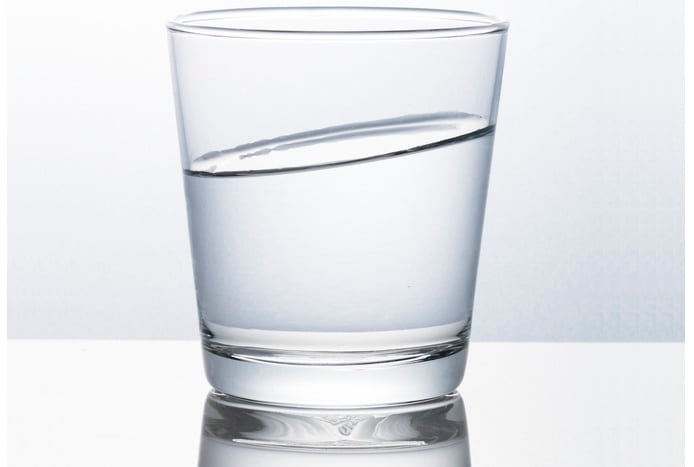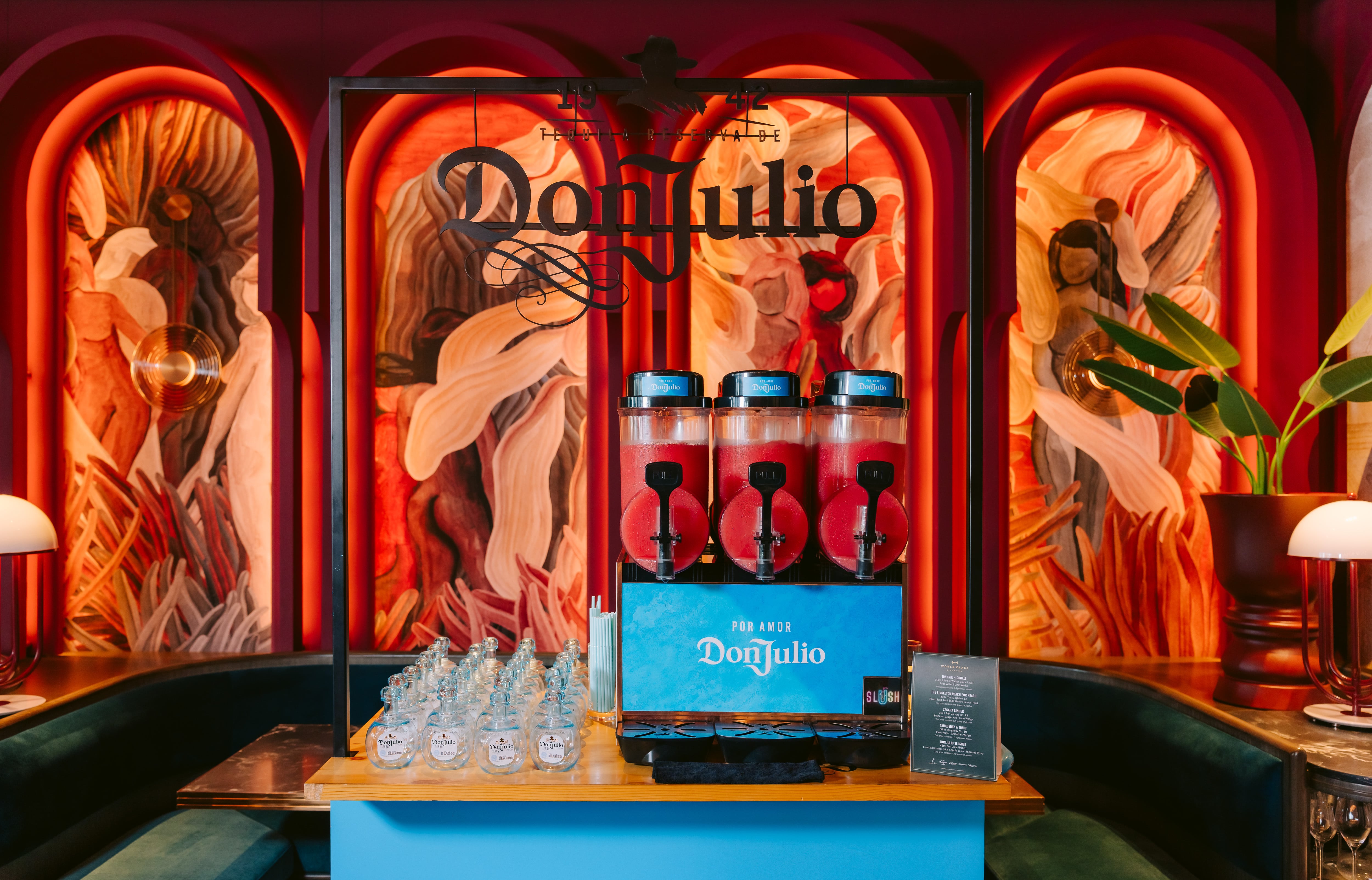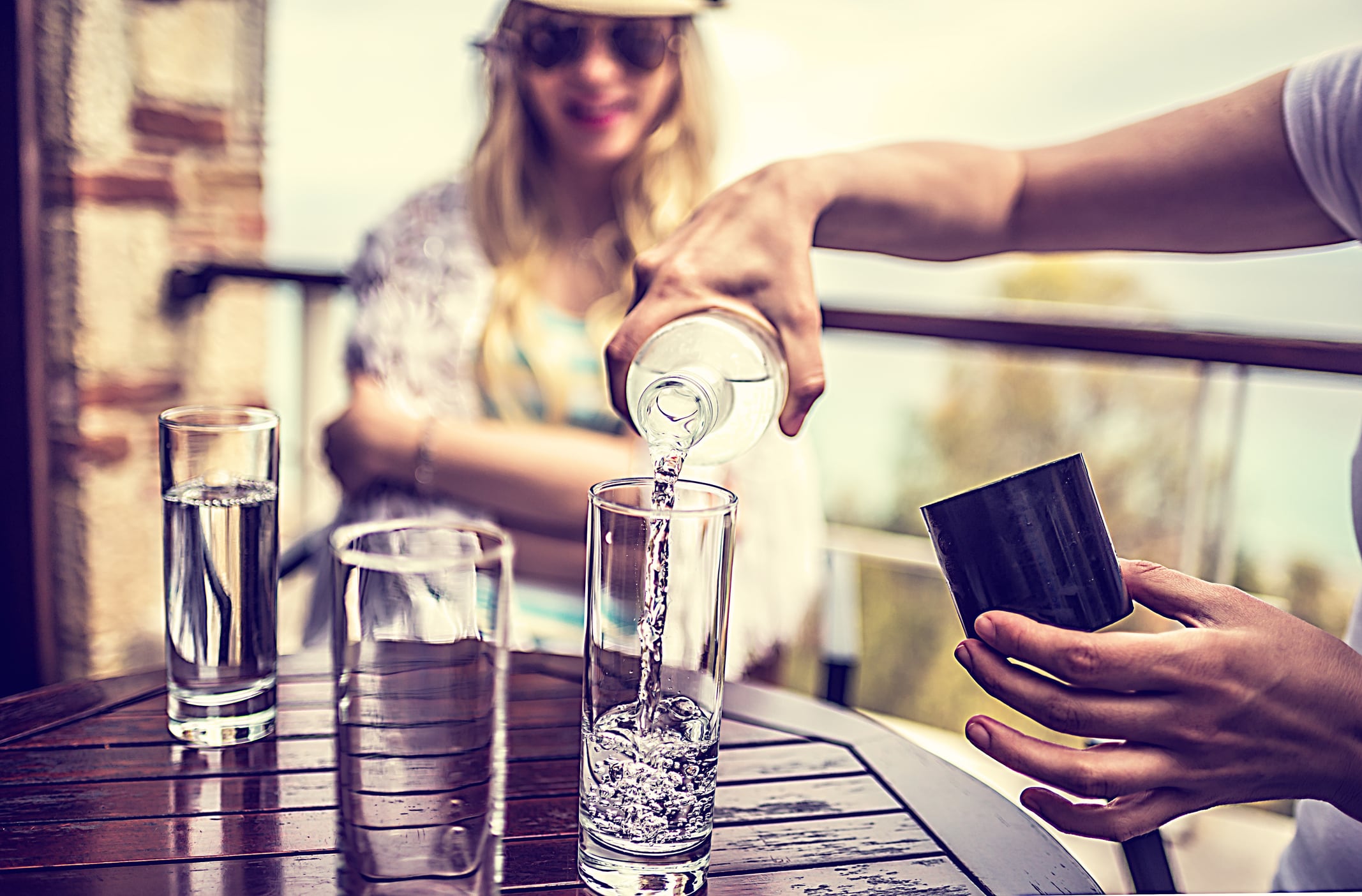Liquid Death is a marketing masterpiece. And its bold branding and differentiated identity allows it to command a substantial premium in the packaged water marketplace.
While Liquid Death commands a $1 premium, not every brand can do the same. Beverage brands need to identify the true ‘willingness to pay’ for their own products to avoid expensive guessing games, warns a pricing strategy expert.
How much will a consumer pay?
Can packaging and positioning elevate a commodity into a premium product? How far can brand equity stretch ‘willingness to pay’, and where does it break?
Nowhere is this question more evident than in packaged water: where branding (ranging from value to ultra-premium) has a huge role to play in selling the core product.
That made it an intriguing category for Robert Tinterov, CEO and founder of Priceagent International, to investigate just how much consumers are willing to pay for the extra value they find in premium brands.
“Our pricing study involved Liquid Death, with its edgy, skull-emblazoned cans, and a generic bottled water brand, and the findings offer a clear illustration of concepts beverage brands must confront: such as the fact that pricing power is real, but it has a limit,” he explained.

“In this head-to-head test, US consumers were asked the maximum price they’d pay for two different water products: a bottle of generic water and a tallboy can of Liquid Death.
“The findings provide a rare glimpse into how brand perception shapes market behavior, and where price tolerance begins to collapse: even for the most distinctive brands.”
Pricing power exists, but it has limits
When it comes to bottled water, the test revealed that the distinctive, culturally resonant brand can command a full $1 premium over a generic alternative. While 70.3% of buyers said they’d pay $1.99 for generic bottled water, a nearly equal share of 72.6% said they’d pay $2.99 for the Liquid Death can.
Perhaps more importantly, both products reached peak revenue at $4.99, but the Liquid Death water delivered 27% more revenue than its unbranded counterpart. That differential highlights true pricing power in action: the ability to sustain demand at higher price points and grow revenue without sacrificing volume.
The concept of price walls
But the study also revealed a sharp drop in demand beyond the five-dollar mark, a phenomenon often referred to as a price wall. This is the point at which consumer willingness to pay no longer declines gradually, but instead falls off steeply.
“For the Liquid Death water, demand remained flat between $2.29 and $2.99 (72.6%), then dropped to 53.8% at $4.99 and 31.1% at $6.99,” said Tinterov. “The generic version followed a nearly identical curve, only one dollar lower. In both cases, prices beyond $5 entered low-demand territory, and revenue fell quickly.
“The results reinforce a key point: even strong brands face psychological ceilings and price walls. Packaging and storytelling can stretch value perception, but they can’t eliminate the fundamental laws of demand.”
Are retailers underpricing premium products?
Another actionable finding from the study was the differential between current retail pricing and what the market is willing to pay.
“When it comes to Liquid Death, major retailers tend to price around $2.00–$2.29, capturing only two-thirds of the potential revenue available at the $4.99 ceiling,” said Tinterov.
“Even pricing up to $2.99, where demand remains flat, could increase revenue by as much as 30% without shrinking volume.
“A wide retail presence and exclusive deals with the likes of Live Nation anchor the brand in both mass and experiential channels.
“Looking at how today’s shelf prices compare with willingness to pay data, however, and we find that current mass-retail pricing around two dollars captures only two-thirds of the revenue potentially available.
“Liquid Death generated approximately 27% higher revenue at the $4.99 price point compared to the unnamed bottled water. Demand for Liquid Death remained stronger through the mid-range, with 30 to 50% of the market still interested around $5 to $6, versus 15–39% for the unnamed alternative.
“What’s more, within the key $0–$7 range, market demand for Liquid Death consistently outperforms. At $4.99, nearly half of buyers (49.1%) still considered purchasing Liquid Death, compared to 38.6% for the unspecified bottled water. Even at $6.99, Liquid Death held nearly two in ten buyers (19.8% of market demand) while the unnamed water dropped to 15.8%.”
Don’t leave money on the table
This insight underscores the importance of price optimization across the beverage category.
“With accurate willingness to pay data, brands and retailers can identify not just what people will pay, but where they will stop paying altogether,” said said Tinterov. “Every product has a price wall. Recognizing these market thresholds enables smarter price positioning and revenue optimization.
“It seems that retailers still under-price the iconic, tallboy can.
“Take Target’s promo at $1.89 and its everyday price of $2.29. Both sit on the flat part of the demand curve, yet they capture only 55–76 % of the revenue available at $2.99. The store leaves about thirty cents of profit per can on the belt. That means about 20–30% of revenue being left on the table - a huge own goal when it comes to price optimization.”
Packaging as product... and its limitations
Priceagent’s study centered on a brand with bold design and cultural edge. But its implications go well beyond bottled water.
It highlights how packaging, positioning, and cultural relevance have become part of the product itself, especially in low-involvement categories like beverages.
“In this case, the can design and brand identity turned a basic product into something for which consumers were willing to pay craft-beer prices,” said said Tinterov.
“But the limits are equally important. The $5 mark emerged as a psychological ceiling, even for a brand that had built significant momentum through brand storytelling and shelf presence. Consumers may embrace lifestyle-driven pricing, but only within a rational range.”
5 key pricing takeaways for beverage brands
The water test is an interesting case study: but it also provides a framework for pricing decisions across beverage categories, says Tinterov.
Here’s his top five tips for beverage brands:
- Measure actual willingness to pay, not just price sensitivity.
- Look for price walls, points where demand stops declining linearly and falls sharply.
- Don’t assume premium means unlimited headroom; every product has a ceiling.
- Use data to align shelf prices with true revenue potential, especially in under-optimized categories like RTD, bottled water, or functional beverages.
- Recognize that brand equity matters most in the mid-range, but won’t protect you from overpricing at the top.
“In a crowded and margin-sensitive market, guessing no longer cuts it,” said Tinterov. “Pricing power is real, quantifiable, and strategic, but only if you know where it ends.”



